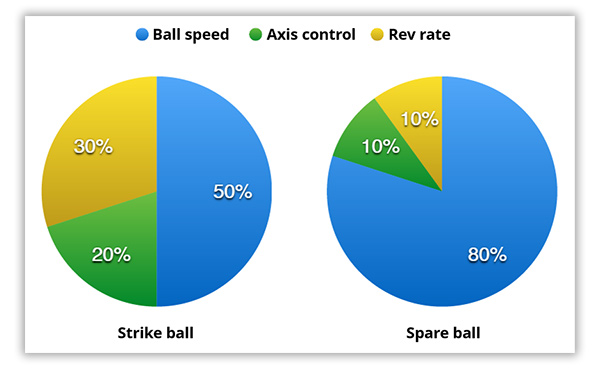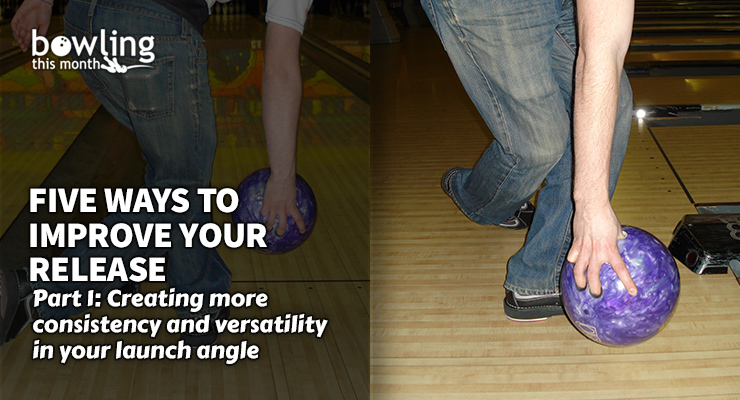Article Contents
- 1. The dimensions of the release
- 1.1. Direction
- 1.2. Ball speed
- 1.3. Revolutions
- 2. Five ways to improve the release
- 3. Improving release direction
- 3.1. Creating a more consistent launch angle
- 3.2. Improving launch angle versatility
- 4. Moving forward
Note: This article is only available to Bowling This Month subscribers.
Every bowler wants to improve their release. Whether the goal is to make it more powerful, more consistent, or to add some versatility, the release is pretty much a constant work in progress. Even at the professional level, bowlers will do drills and devote practice sessions to make incremental release improvements to keep them at the top of the game.
Before discussing the main topic of this article, I want to first review a few key points about the release itself.
The dimensions of the release
The entire bowling approach has one goal: to generate energy that is transferred into the ball so it gets to the pins with the right angle and speed to knock them all down. As the game has evolved, an “optimum” release has also evolved, but the dimensions of the release remain the same.
Direction
Regardless of how hard you throw it or how many revs you generate, the ball needs to be thrown consistently on the desired target path. This is much harder than it first appears. Even a one-degree change in launch angle results in approximately 12 inches of deviation by the end of the lane.
Ball speed
Without your hand’s involvement, 100 percent of the energy that your approach generates will go into ball speed. By releasing the ball in a way that creates rev rate and axis rotation, some of that energy goes up or around the ball, resulting in less speed.
This is why bowlers are generally going to see more ball speed for their spares, even if they don’t try to throw it harder. The hand is doing less, but the feet and armswing are doing the same thing, resulting in more energy directed into the ball’s speed.

This is an example of how ball speed is affected by differences in how you release the ball. With a strike ball release, more of the hand’s energy goes up and around the side of the ball, resulting in less speed than a typical spare ball release.
This is also why one-handed bowlers tend to be speed-dominant in the beginner and intermediate levels. They haven’t developed the technique to shift the energy away from ...
Already a premium member? Click here to log in.


